
ULTRAAUTOSONIC introduced the different models of Probe Sonicator. Probe Sonicator is also known as a Sonication, Ultrasonic processor, Ultrasonic Sonicator, Sonifier, Cell Disruptor,Ultrasonic emulsifier or Ultrasonic homogenizer. Sonication is commonly used in nanotechnology for evenly dispersing nanoparticles in liquid. Probesonicator breaks up aggregates of micron-sized colloidal particles. Sonication has numerous effects, both chemical and physical.
A Sonicator system comprises of 3 main components: generator, convertor and horn (probe). The sonication process uses ultrasonic sound waves. During the process, there is a production of thousands of microscopic vacuum bubbles in the solution due to applied pressure. This results in the disruption of the molecular interactions between the molecules of water. As there is a reduction in the molecular interactions, the particles start to separate and allow the mixing process to take place. There is a release of energy from the sound waves that result in friction in the solution.
✔ PS_ Classic
✔ PS_ Advance
✔ PS_ Premium
| Frequency (kHz) | 20/30/40 | 20/30/40 | ||
|---|---|---|---|---|
| Power (Watt) | 125/150/250/ | 500/750 | ||
| Probe / Sonotrode (mm) | ∅3, ∅6, ∅13 mm | ∅19, ∅25 mm | ||
| Actual Weight | Approx. 13 kg | Approx. 22 kg | ||
| Actual Size (L x W x H) | Approx. (409 X 262 X 262) mm | Approx. (484 X 458 X 238) mm | ||
| Packaging Type and Size | Corrugated Box and Approx. Size (507 X 360 X 360) mm | Corrugated Box and Approx. Size (581 X 556 X 336) mm | ||
| Operational Requirement | ||||
| Input Power Supply | AC 230V 50/60Hz, 16Amp | |||
| CVT / Stabilizers | If the voltage is unstable then use CVT/Stabilizer to avoid damage | |||
❑ Large LCD screen Display, friendly human-machine interface.
❑ Maximum 98 Program of experimental data can be set and stored, safe and convenient.
❑ Efficient and durable titanium alloy probe, reliable and accurate.
❑ The program has over-temperature/delay/fault protection settings and an alarm system.
❑ They offer precise control over processing parameters such as amplitude, sonication time, and duty cycle.
❑ Probe Sonicator model has Auto frequency chasing.
❑ Variable power output in four stage.
❑ Probe sonicators provide efficient sample disruption and homogenization through the application of ultrasonic energy.
❑ This allows researchers to optimize conditions for specific samples and applications.
❑ Probe sonicators are available in various sizes, from bench-top models for small-scale research to industrial-scale units for large-scale production processes. This scalability makes them suitable for both laboratory and industrial applications.
❑ Unlike some mechanical homogenization methods, probe sonicators do not require sample contact with grinding media, reducing the risk of contamination. This is particularly important for sensitive samples or applications where purity is critical.
❑ Probe sonication is a non-thermal process, which makes it suitable for temperature-sensitive samples, preserving their integrity and bioactivity.
❑ Modern probe sonicators are often equipped with user-friendly interfaces and intuitive controls, making them easy to operate even for those without extensive technical expertise.
❑ Sonication can achieve homogenization and particle size reduction rapidly, often within minutes, compared to other methods which may take hours or require multiple steps.
❑ Probe sonicators provide consistent and uniform results across samples, ensuring reproducibility and reliability in experiments or production processes.
Probe Sonicators Application List
❑ Cell Lysis
❑ DNA & RNA Extraction
❑ Nanotechnology
❑ Protein Extraction
Chemicals & Agriculture Industry
❑ Adhesive
❑ Silicon Oil
❑ Fertilizer Industry
❑ Pesticides Industry
❑ Plant Growth Regulators
Cosmetic Industry
❑ Aloe vera Gel
❑ Body Spray
❑ Chocolate Wax
❑ Face Cream
❑ Face Wash
❑ Fragrance Oil
❑ Lip Balm
❑ Lipstick
❑ Liquid Foundation
❑ Lotion
❑ Mascara
❑ Nail Polish
❑ Perfume
❑ Soorten Wax
❑ Sunscreen
❑ Waxes
❑ Serum
❑ Body Mist
Distillery
❑ Beer
❑ Rum
❑ Vodka
❑ Wine
❑ Whisky
Food & Beverages Industry
❑ Coffee Powder
❑ Dairy Products
❑ Fruit Juices
❑ Honey
❑ Jam
❑ Masala Soda
❑ Mayonnaise
❑ Peanut butter
❑ Sauces
❑ Soda
❑ Sugar
❑ Vegetable Juices
❑ Whey Powder
Paints and Coatings Industry
❑ Epoxy
❑ Ink
❑ Paint Colour
❑ Pigments
❑ Paint Thinner
❑ Solvents
❑ Additives
❑ Extender
Emulsification /Extraction/Oil
❑ Almond Extract
❑ Blackberry Extract
❑ Rose Extract
❑ Saffron Extract
❑ Herbal Extract
❑ Olive Leaf Extract
❑ Mushroom Extract
❑ Mulberry Extract
❑ Rasberry Extract
❑ Emulsification
❑ Spices Emulsification
❑ Icecream Emulsification
❑ Palm Oil
❑ Flower Oil
❑ Mint Oil
❑ Mustard Oil
❑ Castor Oil
❑ Cumin Oil
❑ Turmeric Oil
❑ Spices Oil
❑ Engine Oil
Pharmacy
❑ Drugs
❑ Medicines
❑ Omega 3
❑ Vitamin D 3
Sample Homogenisation
❑ Liquid Syrup
❑ Material Science
❑ Pharmaceutical Liquid filling
❑ Pharmaceutical Paste
❑ Sample Homogenisation For Plasmid
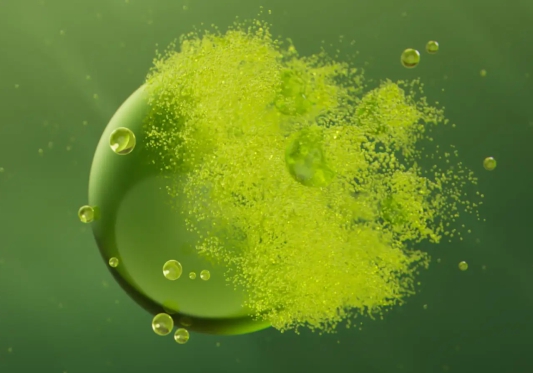
Cell Lysis

DNA & RNA Extraction
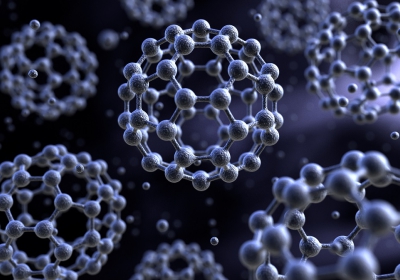
Nanotechnology
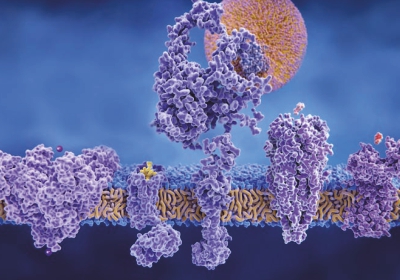
Protein Extraction
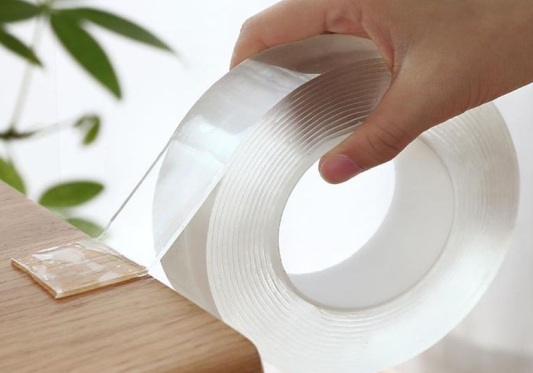
Adhesive
Silicon Oil

Fertilizer Industry
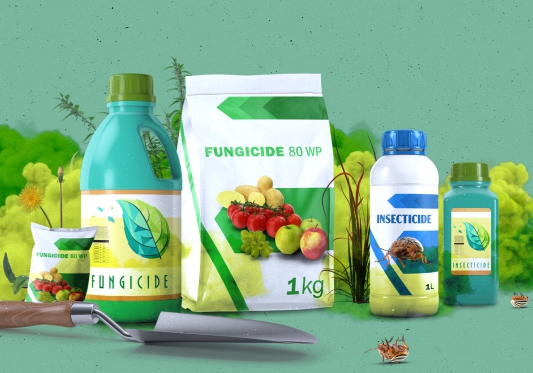
Pesticides Industry
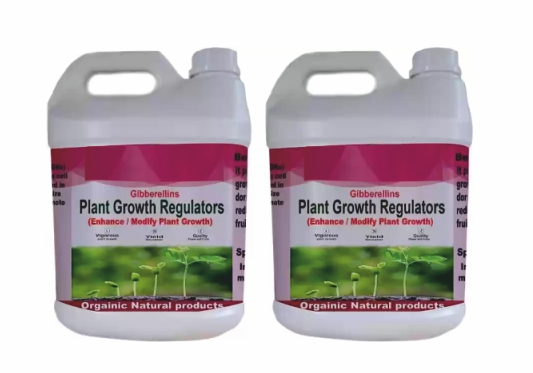
Plant Growth Regulators
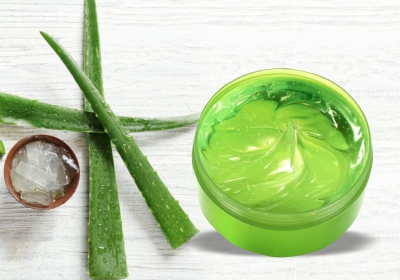
Aloe vera Gel

Body Spray

Chocolate Wax
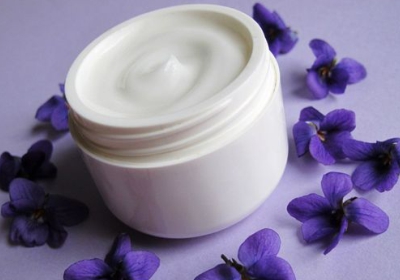
Face Cream
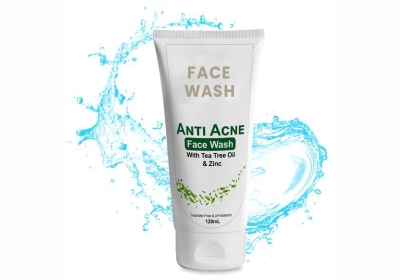
Face Wash

Fragrance Oils
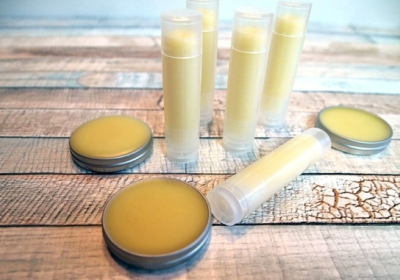
Lip Balm

Lipstick
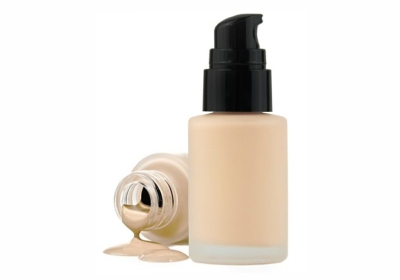
Liquid Foundation
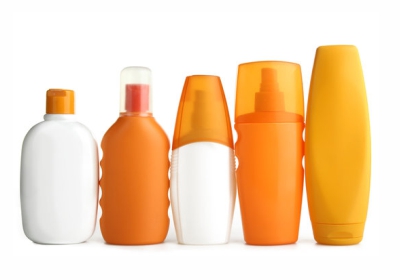
Lotion
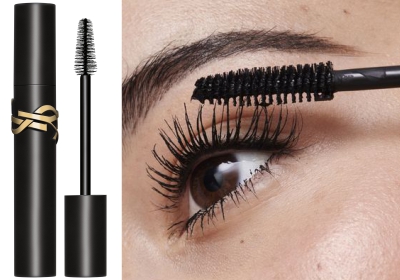
Mascara
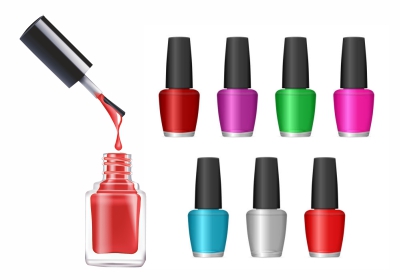
Nail Polish

Perfumes
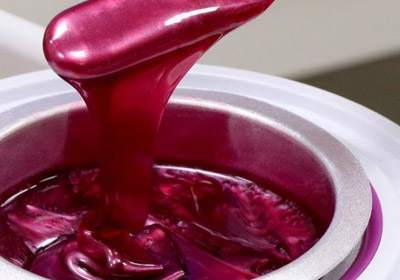
Soorten Wax

Sunscreen
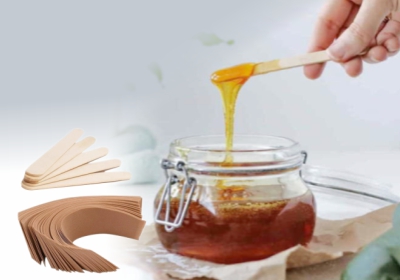
Waxes

Serum

Body Mist

Beer

Rum

Vodka

Wine

Whiskey
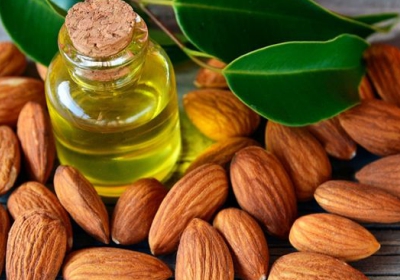
Almond Extract
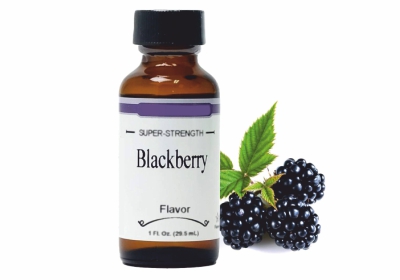
Blackberry Extract

Rose Extract

Saffron Extract

Herbal Extract

Olive Leaf Extract
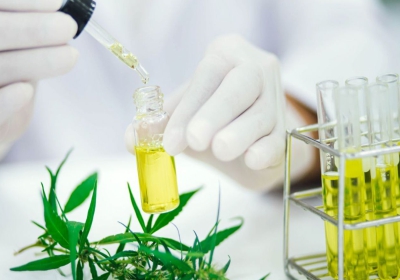
Emulsion
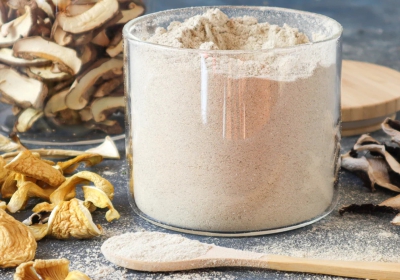
Mushroom Extract

Mulberry Extract

Rasberry Extract
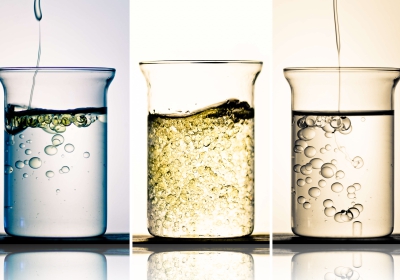
Emulsification
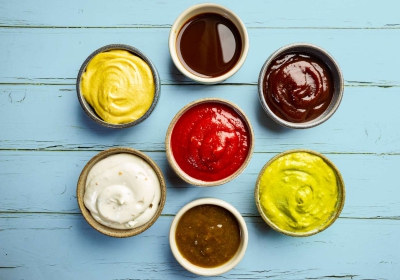
Spices Emulsification

Icecream Emulsification
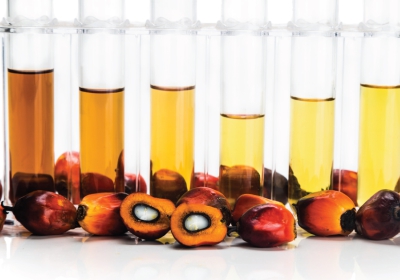
Palm Oil

Flower Oil

Mint Oil

Mustard Oil
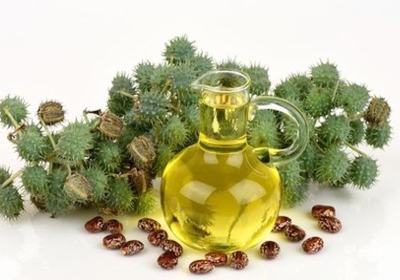
Castor-Oil

Cumin Oil
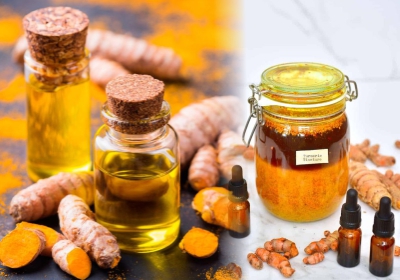
Turmeric Oil

Spices Oil

Engine Oil
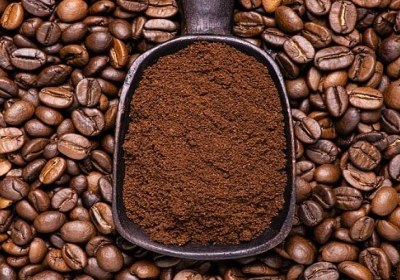
Coffee Powder
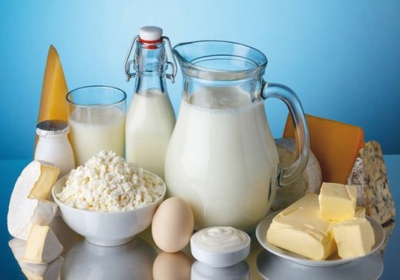
Dairy Products

Fruit Juices

Honey
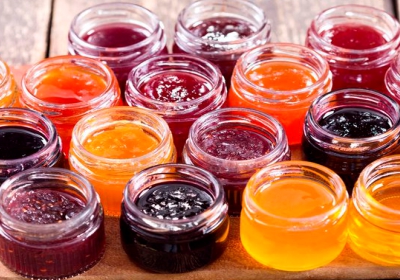
Jam

Masala Soda
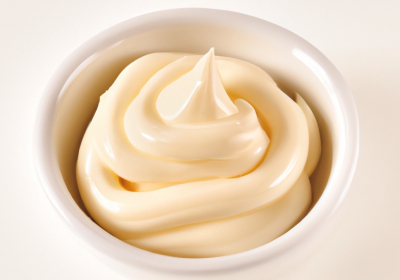
Mayonnaise
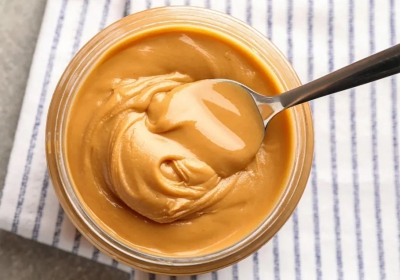
Peanut butter
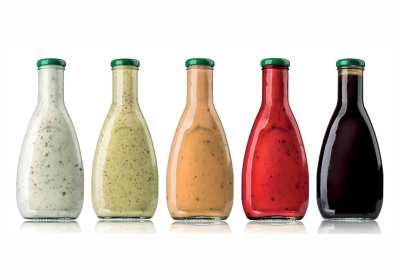
Sauces
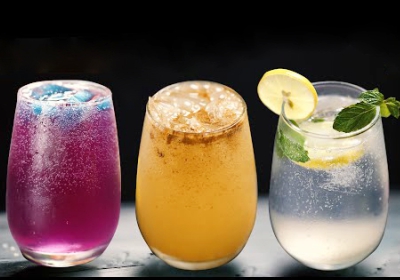
Soda

Sugar

Vegetable Juices
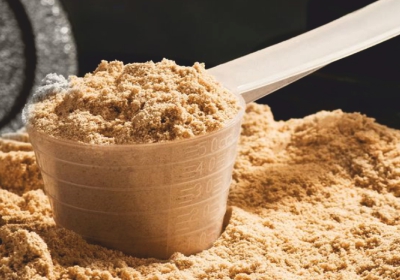
Whey Powder
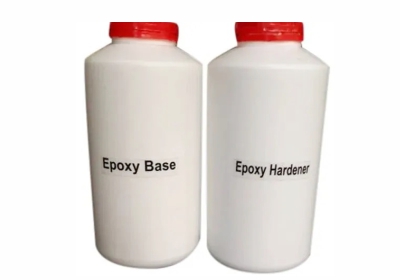
Epoxy
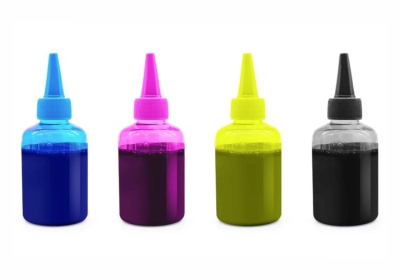
Ink

Paint Colour

Pigments

Paint Thinner
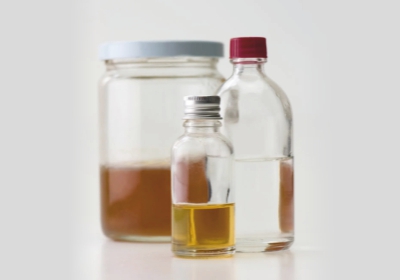
Solvents
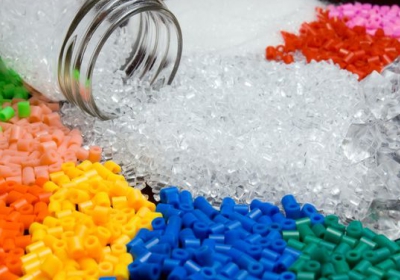
Additives
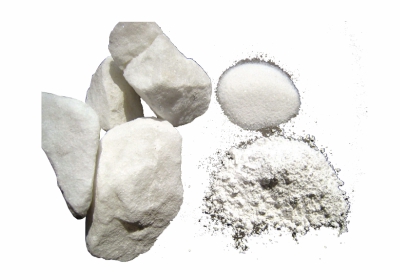
Extender

Drugs

Medicines

Omega 3
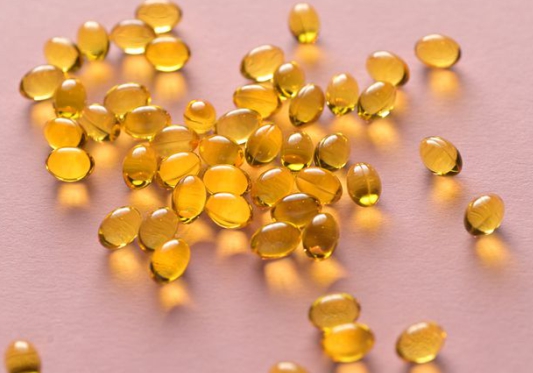
Vitamin D 3
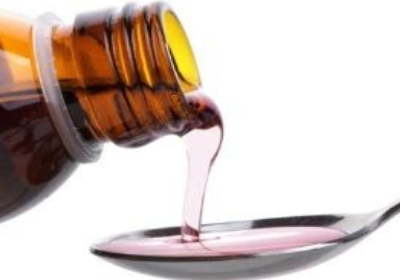
Liquid Syrup
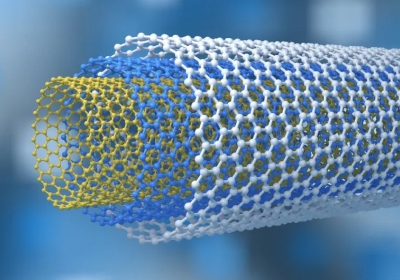
Material Science
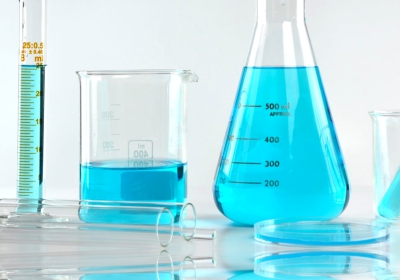
Pharmaceutical Liquid filling
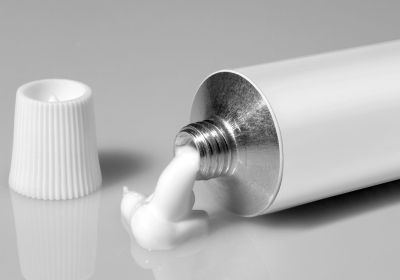
Pharmaceutical Paste
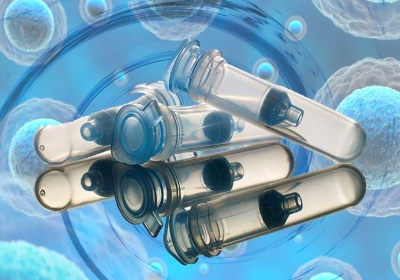
Sample Homogenisation For Plasmid






